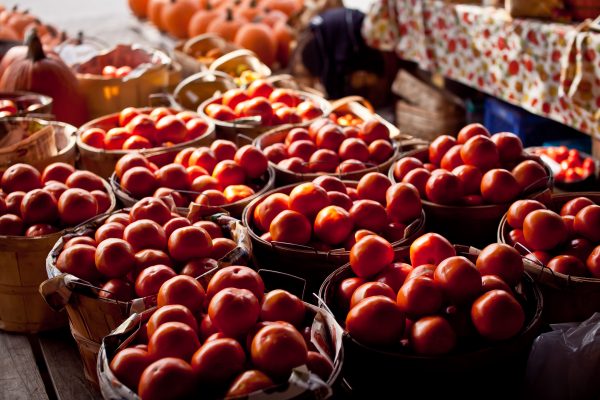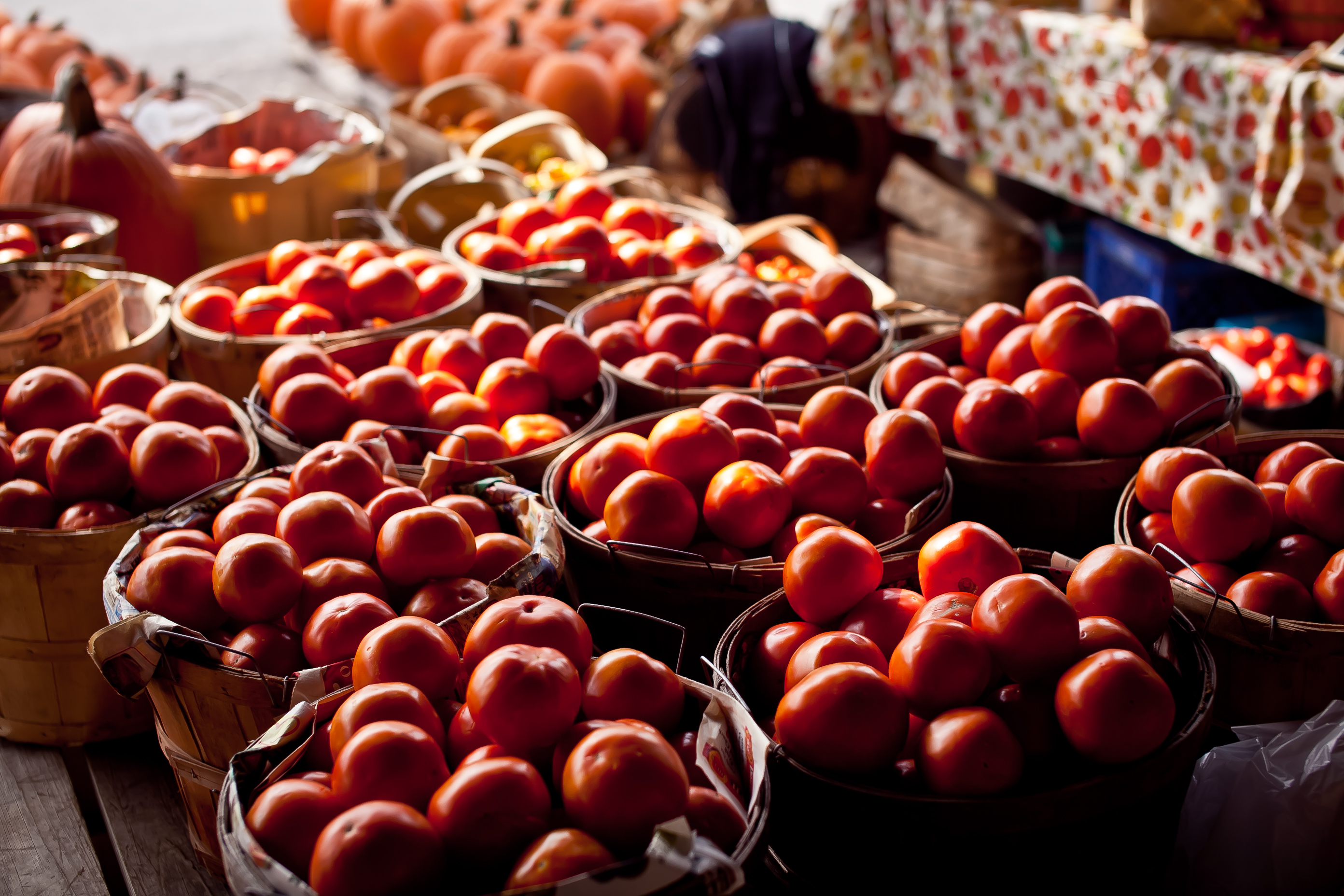 I was just reading a post on a Facebook page I follow, Your Thriving Family, and she linked off to this expose article about which companies are out there trying to pass off wood pulp and a legit food filler. Disgusting, here’s the link to the article Expose by Food Freedom. Read at your own risk, but please continue reading below to gain hope again that this world still offers life sustaining food.
I was just reading a post on a Facebook page I follow, Your Thriving Family, and she linked off to this expose article about which companies are out there trying to pass off wood pulp and a legit food filler. Disgusting, here’s the link to the article Expose by Food Freedom. Read at your own risk, but please continue reading below to gain hope again that this world still offers life sustaining food.
I have been married for almost 18 years now, and one of the first things that I had to do practically, and everyday, was help determine what my husband and I were going to eat. When it was just a young me, I didn’t think about it too much, but now, there was someone around that I loved very much and I wanted him to be healthy everyday, all day, for as long as I had anything to do with it. Suddenly I had a responsibility to think about where my food came from, how it was prepared, stored, altered and handled. Then I had a baby and I knew I needed to make all of her baby food to “protect” her from the commercial foods. And so my passion has grown with my paranoia. This has set me on a journey, the end of which I hope will be us living on a mini-farm and living an 80% minimum sustainable lifestyle from it.
But I’m not on that farm yet and I depend on grocers and suppliers to provide the materials for me to build a healthy lifestyle. So I have to do a bit of creative shopping and question asking to get what I need. Here are some tips to get you started on a fundamentally healthier (and often less expensive) food life:
- Buy Local-Buying local ensures that you have not paid inflated prices because of shipping costs, it supports your local economy, the food is actually fresher than shipped food, it did not have to be altered to store it for a long journey and it is more likely to be seasonal.
- Buy Seasonal Produce-Buying seasonal food is hard to get used to when you are used to the Super Market. “Super” because it magically has all items available to you all year long. I hate to break it you but healthful, nutritious and delicious tomatoes do not grow en mass year round. Neither do oranges, grapes, zucchini, or bell peppers. These foods have a season of healthy production and they are jam packed with nutrients when harvested and eaten in season. Out of season, they are nutritionally deficient and falsly supplemented to look healthy and last on a shelf. Yum.
- Buy Bulk-I don’t mean go out and buy 20 pounds of cherries or oats, but find a store that sells out of bulk bins. Selling in bulk allows the stores to sell at a lower cost, and creates a fast turnover of their products. Since it not air sealed and packaged, the items are often fresher than the packaged stuff since it has to be sold right away before spoiling. I would rather buy something that was so fresh it would spoil in a month vs buying something that has an expiration date 2 years from now. Really? What Voodoo did they perform to make the shelf life on my food 2 years?!
- Find the Farmer’s Markets-Often, the Farmer’s Markets are the places that bring all of these buying habits together. Local farmers, growing what’s in season and having plenty to sell so you can find good deals on seasonal stuff. I’m not a stickler on whether or not something is Certified Organic, since that is a label placed there by the government (who in my opinion has way too much control over what a farmer grows and what I buy, I think that transaction would benefit from the loss of Big Brother as the third wheel). Many local growers practice healthy, safe, sustainable farming techniques but still don’t qualify as Certified Organic. And many farmer’s don’t even want the label because it invites the government to come onto your property and determine how you should grow your own food. I will never be a Certified Organic farmer. Ask the growers at your local market how their growing practices compare with reputably healthy farms.
- Think Small-Don’t over buy. Since we are used to buying Frankenfood that’s been shot with animal DNA to make it live longer, sprayed with chemicals that cause veggies to hold their color longer, etc, etc, we are used to buying a lot of food at one time, without it going bad. Think in the opposite directions when buying fresh, non-altered foods. Buy enough so that by the time you go to use it, it’s still fresh, colorful and fragrant.
Well this anti-governmental intervention, farmer’s market shopping, crochet wearing, homeschool teaching hippy will see you all later. It’s time to go make dinner, I wonder what good stuff I’ll treat the family with tonight?

Great post. Glad I dont eat any of this crap of feed it to my kids
I’ve been practicing these habits for over 20 years. Eating foods in as close to its natural state is so important. In otherwise, stay away from processed foods. Good article.
Funny Elaine!
OK, now I am awaiting publication of the blog post entitled, “Fine, Call Me Crunchy”.
Love ya!
RIGHT ON! My passion for the same has made me paranoid too. I haven’t been able to buy store-bought baked goods or boxed anything for YEARS!!!! I’m so granola now.